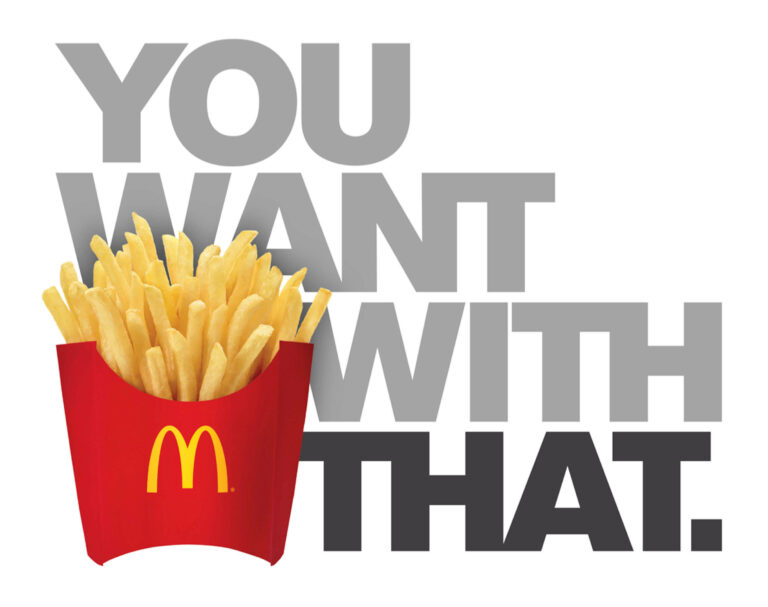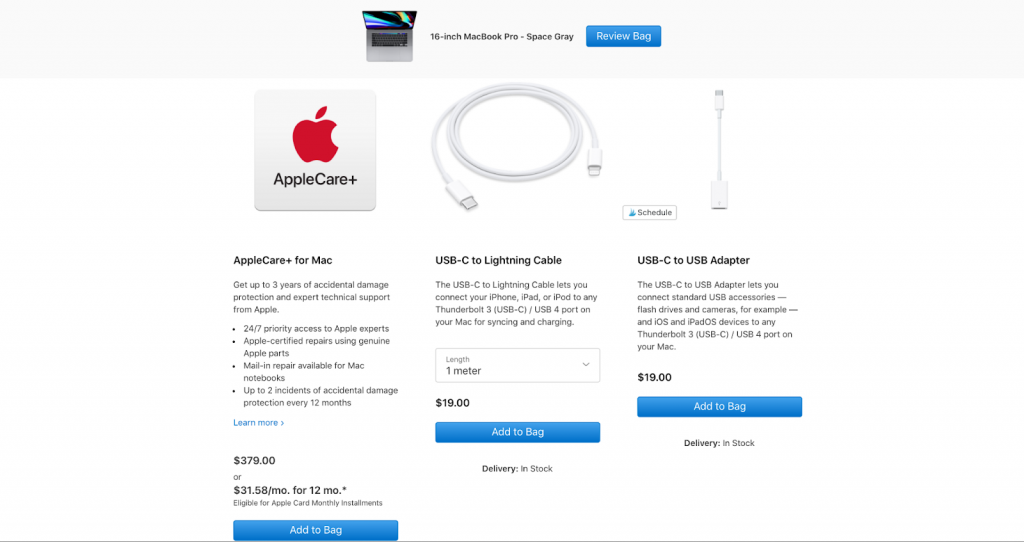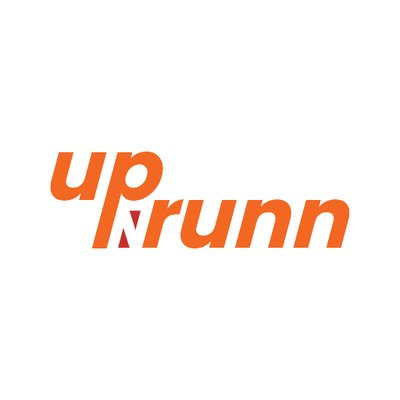Struggling to Boost Your eCommerce Sales? As an eCommerce store owner, you’re probably familiar with the challenge of trying to boost your sales without relying solely on attracting new customers. It’s not enough just to get traffic to your site; converting those visitors and increasing the average order value (AOV) is where the real growth happens. Let’s discuss the Types of Order Bumps, you can use.
One powerful yet often overlooked tool is the order bump. In simple terms, an order bump is a way to offer a complementary product or service to a customer at the checkout stage of their purchase. The idea is to entice customers to add more value to their order with minimal effort and no disruption to the buying experience. If done right, order bumps can significantly increase your store’s revenue — but many store owners still aren’t fully leveraging their potential.

The iconic “You want fries with that?” order bump is widely regarded as one of the most successful sales strategies of all time.
The story behind it goes like this: McDonald’s noticed that many customers were ordering only a burger, leaving out any sides or extras. In an effort to boost the average order size, they came up with a simple test: sales clerks would ask, “Do you want fries with that?”
The results were astounding. This straightforward question led to a 50% conversion rate, meaning half of the customers agreed to add fries to their orders.
When McDonald’s headquarters saw the remarkable success of the tactic, they implemented it across all locations. Since then, it has contributed to billions in additional sales.
But what makes this order bump so effective?
In this blog, we’ll dive into the different types of order bumps and how to use them strategically to win over your customers and boost your sales.
What is an Order Bump?
An order bump is a type of upsell that offers customers a simple, low-effort opportunity to add a complementary or enhanced product to their order. It’s typically presented right at the checkout page or right before the final step of the purchase process. The customer can opt in with just one click, making it an easy and non-disruptive way to increase sales.
The 8 Most Effective Types of Order Bumps You Can Use
Order bumps come in various forms, each designed to appeal to different types of customers or situations. Here are the most effective types of order bumps you can implement:
- Complementary Product Bumps These are the most common types of order bumps, where you offer a product related to what the customer is already purchasing. For example, if they’re buying a phone, you might offer them a phone case or screen protector.
- Best Use Case: When the complementary product makes perfect sense and adds value to the customer’s purchase.
- Example: “Add a phone case for just $5 more!”

- Premium/Upgraded Product Bumps If you’re selling a basic version of a product, offer an upgraded or premium version as an order bump. For example, a regular item might be offered along with an upgraded version for just a few dollars more.
- Best Use Case: When you have a basic product that could be enticingly “upgraded” for a little extra.
- Example: “Upgrade to the deluxe version for $15 more!”
- Subscription or Service Bumps A subscription-based offer or service bump can work wonders, especially for digital or membership-based products. This can be anything from a subscription to your newsletter or a premium membership plan.
- Best Use Case: When the customer may benefit from a recurring service or added features.
- Example: “Get a 30-day free trial of our premium membership!”
- Gift Add-On Bumps This type of bump is particularly useful during holidays, birthdays, or special events. Offer things like gift wrapping, personalized notes, or gift bags.
- Best Use Case: During peak shopping seasons like Christmas or Valentine’s Day.
- Example: “Add gift wrapping for only $3!”
- Cross-Sell Bumps Cross-sell bumps encourage customers to purchase an additional, but unrelated, product that still aligns with their needs. For example, someone buying a backpack might be interested in a water bottle or travel mug.
- Best Use Case: When you have diverse product categories that appeal to similar interests.
- Example: “Add a travel mug for just $10!”
- Limited-Time Offer Bumps Create urgency by offering limited-time deals or countdown-based offers. This can motivate customers to act quickly and secure the offer before it expires.
- Best Use Case: To trigger impulse buys and encourage quick decisions.
- Example: “Hurry! Get 20% off this accessory – only 10 minutes left!”
- Bulk Purchase Bumps Offer customers the chance to buy more at a discounted rate. This works especially well with consumable or low-cost products.
- Best Use Case: When the customer is purchasing a single unit and could be tempted to buy more.
- Example: “Buy 2, get 1 free on select items!”
- Free Trial Bumps This bump offers a free trial of a service or product with the purchase. It’s a great way to introduce customers to something that could increase future sales or lead to a subscription.
- Best Use Case: Digital products, software, and membership-based services.
- Example: “Try our premium service for 7 days — absolutely free!”
How to Woo Your Customers with Order Bumps
Simply adding order bumps to your checkout process isn’t enough. You need to strategize how to use them effectively to entice customers. Here are some tips to help you woo your customers and convert more of them:
- Personalization Is Key
Tailor the bumps based on customer behavior and preferences. If a customer previously bought a certain product, offer them a related accessory as an order bump. Personalization increases the chances of conversion. - Emphasize Convenience
Highlight how the bump will make life easier or save time. For instance, if you offer a complementary product that makes setup or use easier, make sure to emphasize that benefit. - Create Urgency
Urgency is one of the best psychological triggers for increasing sales. Use countdown timers or messages like “Only a few left in stock” to encourage quick decision-making. - Offer Discounts
A discount on a related product can make the offer even more enticing. For example, offering 10% off a second item when added to the cart can be a great incentive. - Leverage Social Proof
Adding customer reviews or testimonials for the bump product can increase trust and conversion. If other customers have purchased and loved the product, your potential customers are more likely to add it to their order. - Keep It Non-Intrusive
Don’t bombard customers with multiple offers. Keep it simple and non-pushy. The goal is to make the experience smooth, so the customer doesn’t feel overwhelmed.
Order bumps are an effective tool for boosting sales without disrupting your customers’ shopping experience. By strategically placing relevant, compelling offers during the checkout process, you can significantly increase your average order value and improve your bottom line.


Leave a Reply